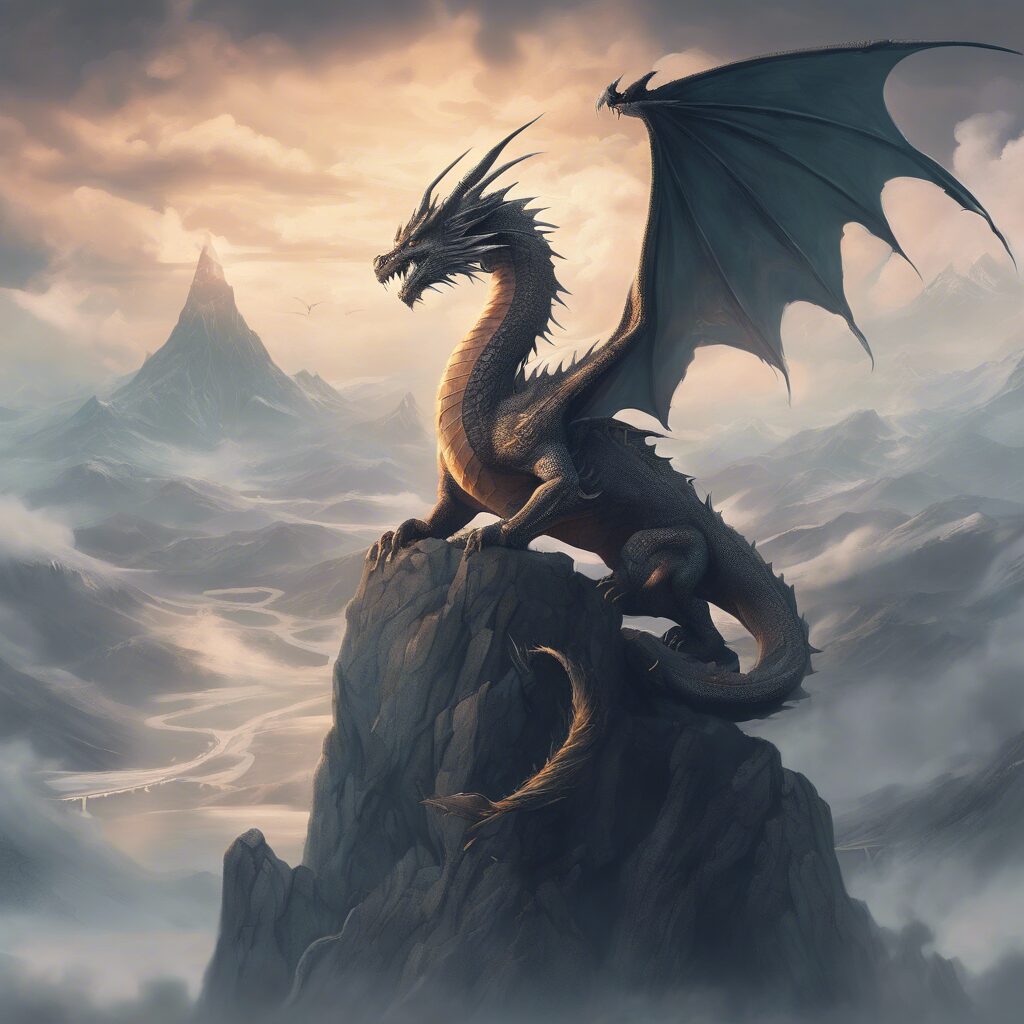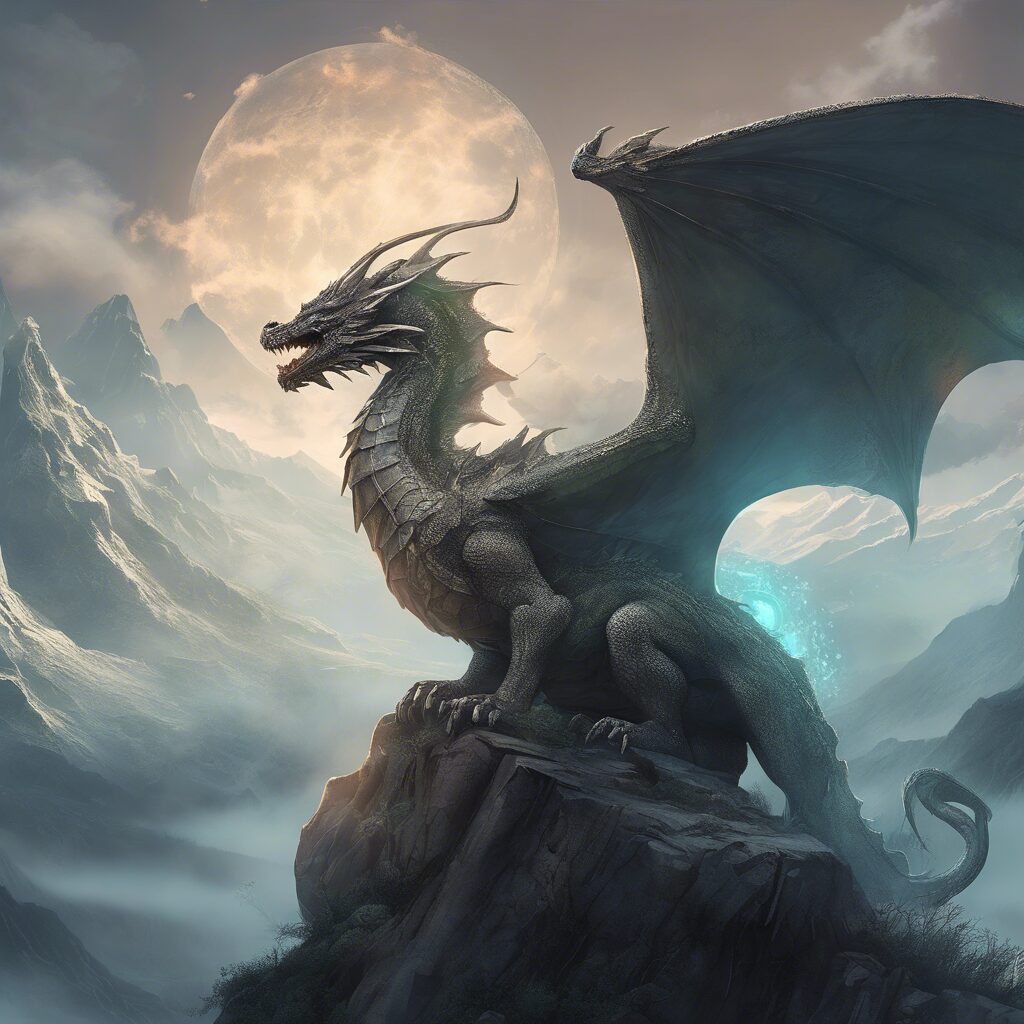Dragons have always held a special place in the world of fantasy literature, captivating readers with their majestic presence and awe-inspiring power. Among the many creators of dragon lore, J.R.R. Tolkien stands out as a master storyteller who brought these mythical creatures to life in his poems. In this article, we will dive into Tolkien’s dragon poems, uncovering the layers of meaning and imagination that make them so enchanting.
The Power of Dragons in Myth and Literature
Dragons are more than just mythical creatures; they are powerful symbols embedded in various cultures and literature. From ancient Chinese legends to European folklore, dragons have represented everything from chaos and destruction to wisdom and protection. Tolkien’s dragons are no exception, drawing from rich traditions while adding his unique touch.

Tolkien’s Early Dragon Poems
Tolkien’s fascination with dragons can be traced back to his early work. One of his notable early poems that features a dragon is “The Hoard,” published in 1923. In this poem, Tolkien’s dragon is depicted as a fearsome guardian of treasure, reflecting the traditional role of dragons in folklore. The vivid imagery and rhythmic prose make “The Hoard” a mesmerizing read for any Tolkien enthusiast.
Analyzing “The Dragon’s Visit”
One of Tolkien’s most beloved dragon poems is “The Dragon’s Visit.” Written in 1937, this poem tells the story of an unexpected visit by a dragon to a small village. The humorous tone and whimsical elements of the poem contrast with the more somber themes in some of Tolkien’s other dragon works. It captures the reader’s imagination with its playful yet thought-provoking narrative.

The Significance of Dragons in “The Hobbit”
No discussion of Tolkien’s dragons would be complete without mentioning Smaug from “The Hobbit”. Smaug is one of the most iconic dragons in modern literature, known for his cunning intelligence and immense power. The character of Smaug draws heavily from the dragon in “The Hoard,” further demonstrating Tolkien’s ability to weave his poetic themes into his prose narrative. Smaug’s interaction with Bilbo Baggins highlights the classic dragon motifs of greed and arrogance.
Incorporating Dragons Into Modern Fantasy
Tolkien’s influence on modern fantasy literature cannot be overstated. His portrayal of dragons has paved the way for countless other authors to explore these mythical creatures in their own works. From George R.R. Martin’s “Game of Thrones” to Christopher Paolini’s “Inheritance Cycle”, the legacy of Tolkien’s dragons continues to inspire and thrill readers around the world.

The Enduring Appeal of Tolkien’s Dragon Poems
What makes Tolkien’s dragon poems so enduringly appealing? Perhaps it is the combination of his linguistic prowess, deep understanding of mythology, and the timeless allure of dragons themselves. Tolkien’s ability to craft worlds filled with wonder and danger allows readers to escape to places where dragons soar the skies and guard hidden treasures.
Video Inspiration
For those who wish to delve deeper into Tolkien’s world of dragons and poetry, this video offers an insightful analysis of Tolkien’s works.
Conclusion
J.R.R. Tolkien’s dragon poems remain a testament to his creative genius and his profound impact on the fantasy genre. By combining elements of myth, folklore, and his own imaginative vision, Tolkien created dragons that will forever occupy a cherished place in the hearts of readers. Whether you’re a lifelong Tolkien fan or new to his enchanting verses, the magic of his dragon poems is sure to leave you spellbound.
